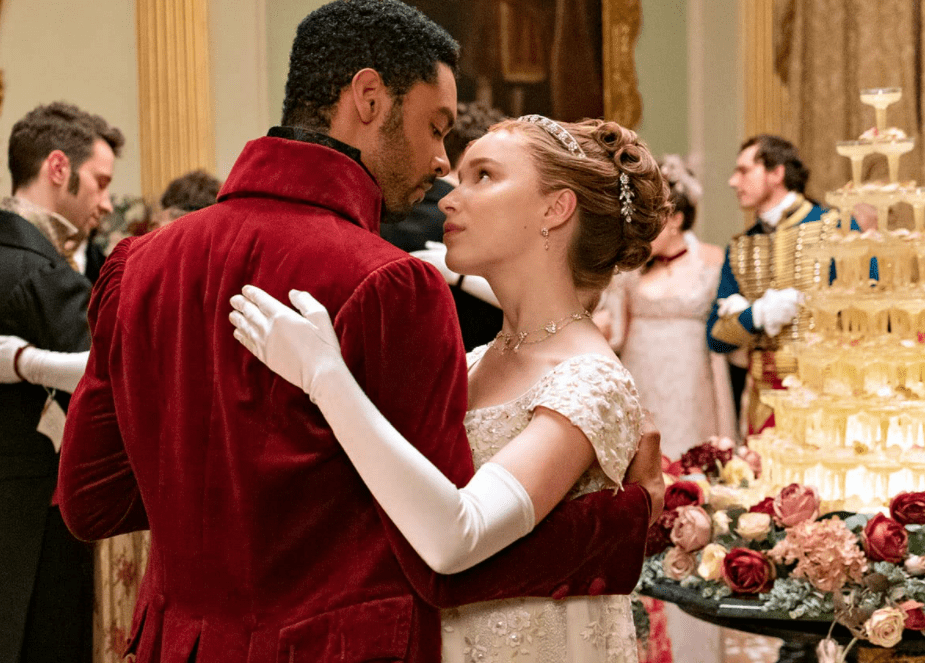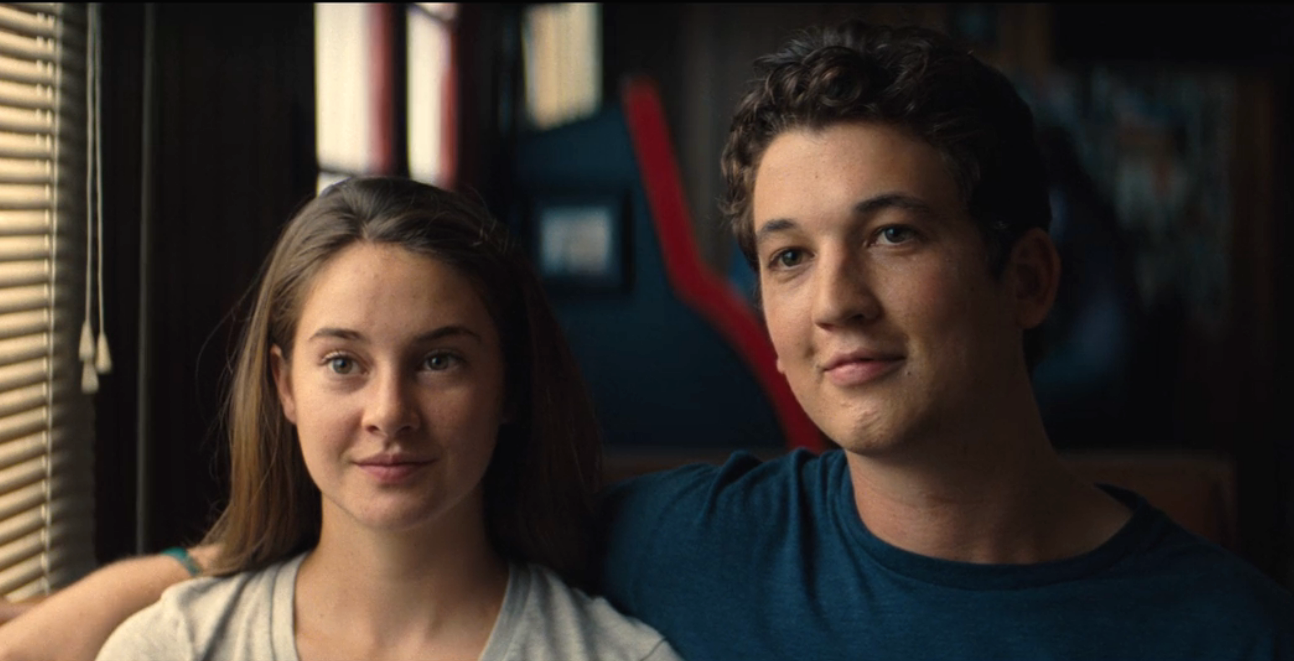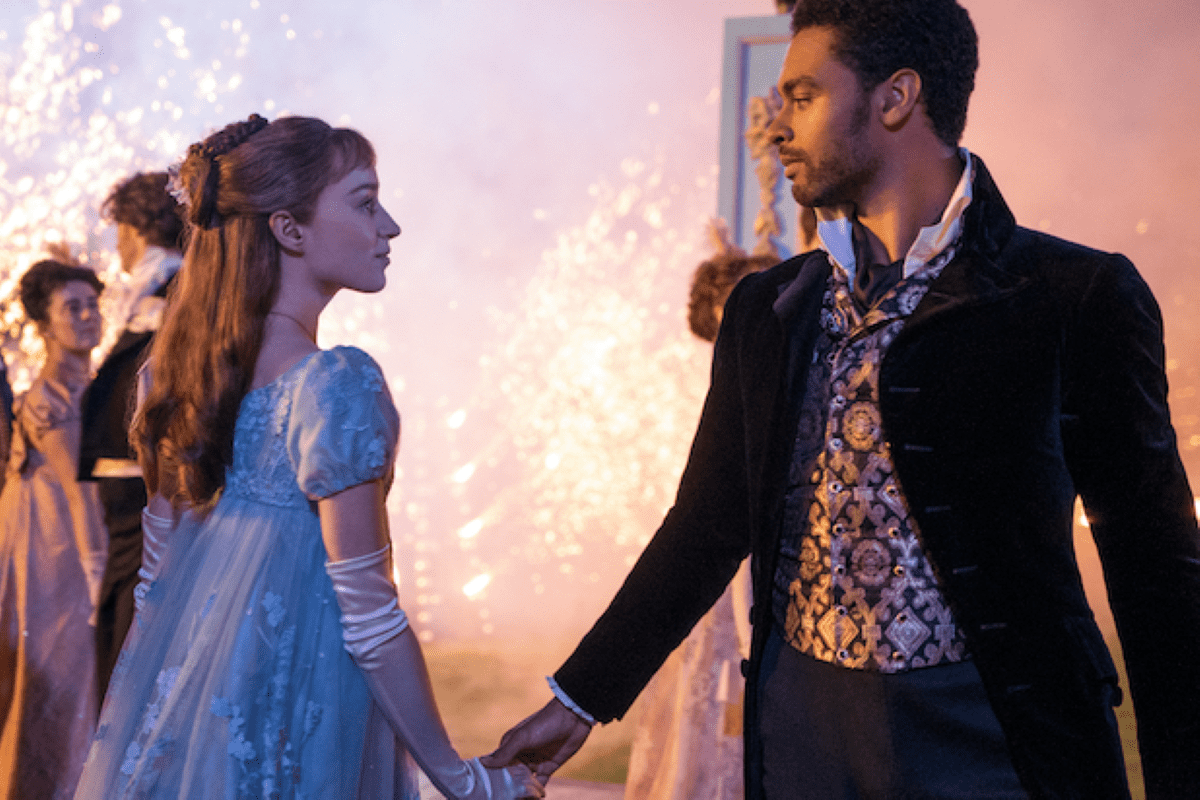The regency period has always been a popular era with historical romance authors. Despite only spanning a decade (1811-1820), it has inspired thousands of fiction and non-fiction books. Regency romances, like Bridgerton, draw from its social, cultural and political climate to transport us back in time. Here are 10 things you can learn about the regency period from reading and watching regency romance.
1. The Ton
The British high society was known as the ton. The titled and wealthy held the majority of land and held political power. Think dukes, earls, viscounts, marquees, baron; they tended to marry among themselves to preserve their blueblood and grow their wealth and influence.
2. The London Season
Regency romances are usually centred around the ‘season’, which refers to the November to May period where members of the ton travelled from their family’s estates to London to fulfil their political responsibilities. It was a time of the year packed with balls, luncheons, theatre shows and all forms of exciting entertainment. It was also an opportunity for those looking to find a wife or husband to see who was in the marriage market. For many, this was the most fun and expensive time in their year.
3. Rules for Women
Women of the ton were raised to marry wealthy and titled gentlemen. Creative talents were encouraged to showcase her capabilities; these included musical instruments, needlepoint and painting. They were educated at home by a governess, but they weren’t allowed to pursue higher education as this was considered too taxing for the female mind.
When a woman neared her twenties, she usually came ‘out’ in society, meaning she was ready for marriage. She was expected to be a virgin, untouched and pure. This was really so men were sure they wouldn’t be trapped raising a child that was not theirs – this was before the time of DNA testing, after all.

4. Rules for Men
Well… were there truly any rules for men? Sure they were expected to marry well and produce an heir to continue their bloodline, but even then, women did all the hard work with the pregnancy, and this duty was mainly for the firstborn son. As landowners, eldest sons were expected to run the estates once they inherited their title and, for some, take their place in the British Parliament. Everyone needed an heir and a spare (think Prince William and Harry). Life expectancy was low, and medicine wasn’t what it is today. Many ‘spares’ rushed to France to fight for king and country in the Napoleonic Wars.
But apart from that, men had a lot of freedom. Unlike women, they were permitted to sleep around and sow their wild oats with prostitutes, mistresses and married women, to name a few. Even after marriage, they could continue sexual exploits, so bastard children were not uncommon. There weren’t proper contraceptives at this time, so you can imagine the diseases spread, especially on the battlefield.

5. The Ballroom
Growing your connections was critical in securing invitations to the most anticipated events of the season and increasing your influence. The Bridgerton series gave us a glimpse of social etiquette. Guests arrived in grand carriages and greeted their hosts. Ladies were chaperoned to ensure nothing scandalous occurred and had to wait to be introduced to men before they could converse with them.
Dancing was a massive part of the culture. Men asked ladies to dance but could only dance with the same lady twice; otherwise, it signalled he was courting her with marriage intentions. Chaperoned walks in the garden were allowed, but men and women were never really alone.
6. Forbidden Touch
What makes Regency Romances juicier is that there were so many rules in place to stop single women and men of the ton from being intimate before marriage. Public displays of affection between them was a huge no-no, or they’d found themselves the centre of vicious gossip. With the exception of dancing, they weren’t allowed to do much more than a kiss on a gloved hand, but as the saying goes, when there’s a will, there’s a way, and people undoubtedly found ways. Many young ladies were not privy to what went on in the bedroom until their engagement, relying on their husbands to take the lead on their wedding nights.
7. Matchmaker Parents/Guardians
Like their parents before them, it was a mother and father’s responsibility to help secure their child a suitable match; hence arranged marriages were not uncommon. These would be arranged between the couple’s parents or the lady’s father and the hopeful groom. Most women couldn’t refuse, resulting in unions between young women and men twice their age or men they did not wish to wed.
8. Elopement
It was against the law in England for couples under 21 to marry without their parent’s consent. Therefore, elopement was a tempting option for young couples with disapproving parents wanting to marry. They made the long journey to Scotland to exchange their vows. If they successfully reached the border, Gretna Green was the nearest town, so they usually tied the knot there. It became a popular destination for eloping couples. They would return back to England, a legally married couple

9. Household
A wealthy family would have a few residents to live in at different times of the year. They would be many servants who would ensure the smooth running of each household. When the family was in residence, the housekeeper reported to the lady of the house and was responsible for implementing her instructions and managing the staff. Husband and wife had their own suites with adjoining sitting rooms.
10. The Dark Side of London
Although this article has focused on the wealthy upper class, they made up the minority of people in British Regency society. London wasn’t wholly glamorous. Pollution, poverty and petty theft are just some of the issues that were rife at the time – it definitely wasn’t all sunshine and rainbows.
On that happy note, here concludes the 10 things we learnt from regency romances. How many of these were you familiar with? What’s your favourite part of the regency period? Let us know in the comments below. If you liked this article, please follow the Facebook and Pinterest page.
Further Reading:
Bridgerton Series 2: Better or Worse than Season 1?
Bridgerton Season 2 Review From A Disappointed Reader
Latest Posts
 1
1
25 Best Mother’s Day Movies to Enjoy
 2
2
